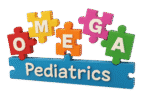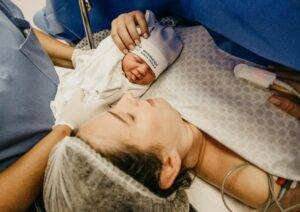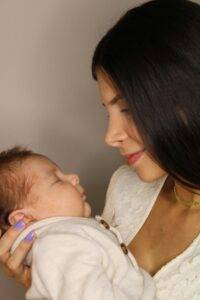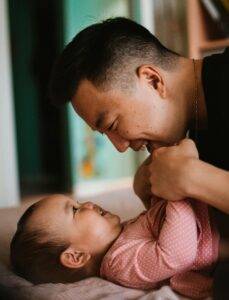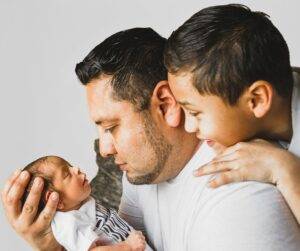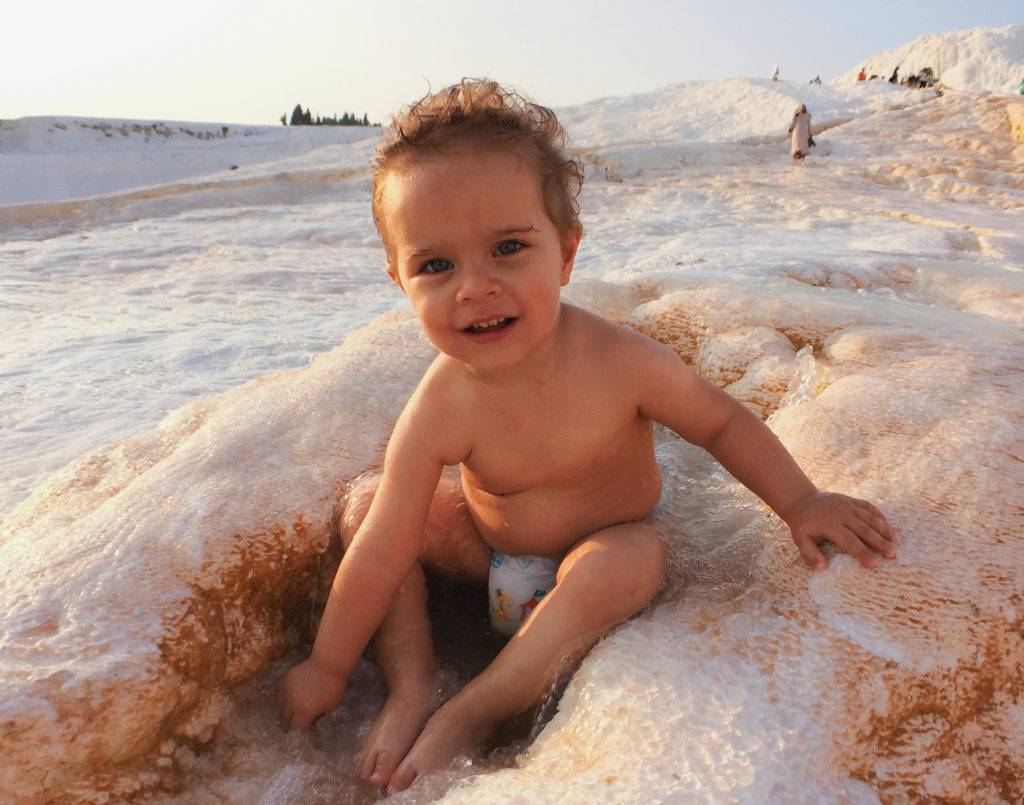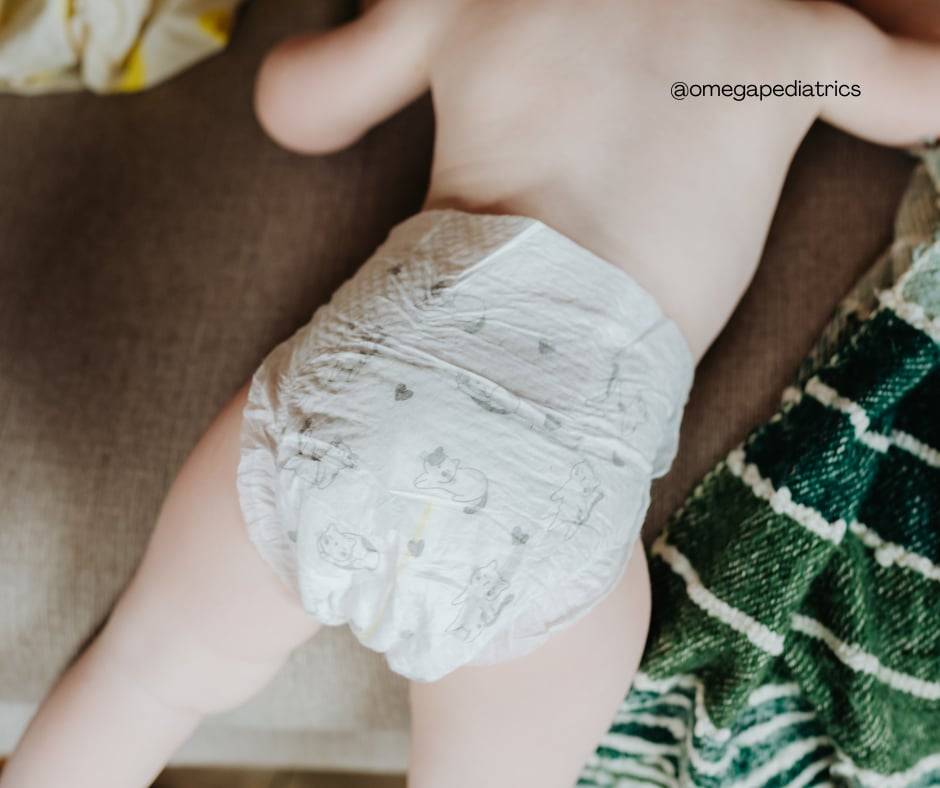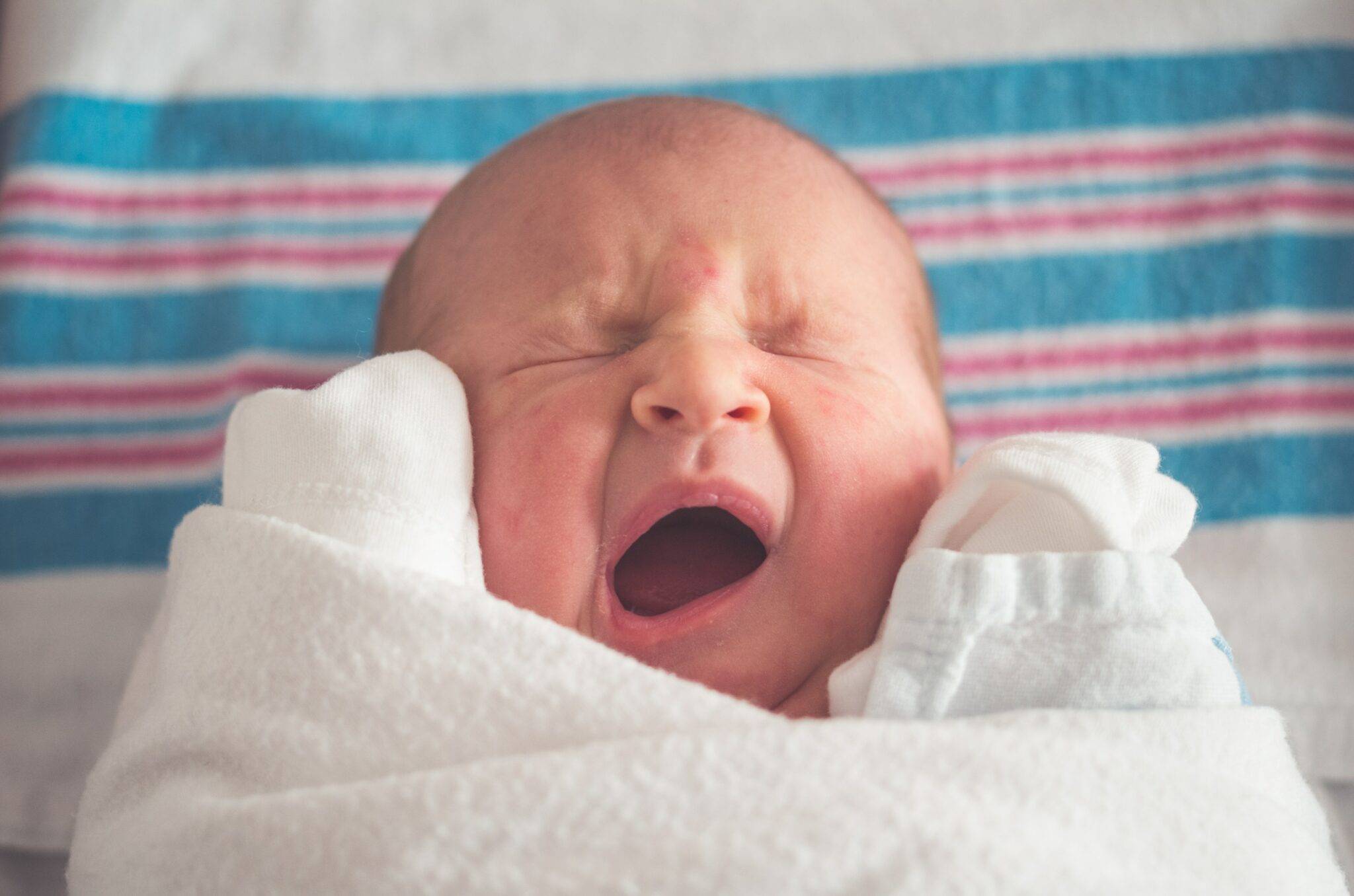One of the most fascinating experiences for new parents is observing their baby discover the world for the first time. Every touch, sound, and sight is brand new, and understanding how newborn baby see us, especially in the first few months, deepens your connection.
Knowing what your baby sees—and doesn’t see—helps you create an environment that supports their visual development and strengthens your bond. This post will walk through the stages of visual development, explain how newborns perceive the world in their early weeks, and provide tips to nurture your baby’s sight in these critical early months.
How Newborn Baby See Us Right After Birth
Newborn babies are often compared to explorers of a strange, new world. Their senses are fresh and developing, and their sense of sight is one of the least mature at birth. Their visual system isn’t fully developed at birth, meaning that while they can see light, shapes, and movement, everything is very blurry.
The Distance Newborns Can See
At birth, newborn vision is limited to about 8–12 inches. This range is just right for them to see the face of the person holding them. This is why your baby seems to focus on your face during feeding or cuddling, but objects farther away remain unclear. This short-range vision plays an essential role in bonding since newborns focus on their parent’s or caregiver’s faces, especially the eyes, which are highly expressive and engaging to them.
Blurred Vision and Basic Light Perception
In addition to having limited vision, newborns see everything as blurry. The sharpness we experience daily is not something newborns can achieve at birth. Their eyes are also sensitive to bright lights, and you notice your newborn squinting or turning their head away from direct sunlight or strong artificial lighting. This sensitivity to light is because newborn pupils are still developing the ability to adjust to different brightness levels.
Preference for Contrasts
Although newborns don’t see sharp details, they are attracted to high-contrast patterns. This is why black-and-white toys, books, or mobiles are ideal during the first few weeks. Babies respond best to sharp contrasts between light and dark because it is easier for their developing eyes to detect.
As you care for your newborn, you’ll notice them gazing up at you during feedings or when cradled in your arms. This is a sign of their emerging visual abilities, as they are learning to focus and recognize patterns, even if those patterns aren’t yet crystal clear.
How Newborn Baby See Us in The First Month: Building Blocks of Vision
The baby’s vision evolves slowly. The changes are subtle but essential for the development of stronger eyesight. By the end of the first month, babies focus a little more steadily on faces and nearby objects. Although their vision remains blurry, the world is starting to come into focus—literally!
How Your Baby Recognizes You
In the early weeks, your newborn may not “recognize” you as adults do, but they are drawn to your face, your voice, and your smell. They become familiar with the face in front of them the most, usually the parent or caregiver. Studies show that babies have an innate preference for faces, and as they spend time gazing at you, they learn to recognize you based on the visual information they process. By one month, your baby’s eyes work together to focus on objects or people.
While they still have difficulty tracking moving objects, they are working on developing this skill. Engaging with your baby’s eyes during this time is key. Getting close to them—within their eight to twelve-inch range—encourages them to focus on you.
Tracking Movement
Around this time, babies attempt to follow slow movements with their eyes, though they won’t yet have full control. To support their developing ability to track, try slowly moving a toy or your finger in front of them. You will notice that while they struggle to follow the object, they gradually improve at maintaining focus as it moves. This is an exciting milestone that demonstrates your baby’s growing eye coordination.
Eye Color Changes
Many babies are born with blue or gray eyes, but this color changes over time. Typically, the true color doesn’t appear until about 6–12 months of age. As more melanin pigment is produced in the iris, the color may darken, so blue or gray eyes turn brown, hazel, or green. Hence, if your baby is born with darker eyes, that color is less likely to change dramatically.
How Newborn Baby See Us at Two Months: Enhanced Focus and Interaction
Your baby’s vision is improving noticeably. They focus more on faces and recognize familiar people from a short distance. However, they still learn to control their eyes fully. You may notice occasional crossing or drifting of their eyes. This is normal and should resolve as their muscles strengthen.
- Making Eye Contact: Your baby will likely start making purposeful eye contact, a wonderful sign of their development. Babies are naturally attracted to faces, especially to the eyes and mouth. This is why you see them staring intently at your face when you talk or smile at them.
- Depth Perception: Your baby develops depth perception, although it’s still early. Depth perception allows them to judge how far away an object is from them, but this ability won’t fully develop for several months. They coordinate their eye movements to focus on objects at different distances.
- Color Vision Development: Babies primarily see in shades of gray or dull tones. By two months, their color vision develops, and they differentiate between red, blue, and green. Brightly colored toys and objects stimulate this development. Babies prefer bold, primary colors since these stand out from pastels or muted tones.
How Newborn Baby See Us at Three to Four Months: Seeing the World More Clearly
Your baby’s vision improves dramatically. Their focus sharpens, and they are now better at following moving objects. They see much further than before, although their best vision is still within a few feet of their face.
- Recognizing Familiar Faces: Your baby recognizes the faces of familiar people, particularly parents and caregivers. When they see you, they may respond with a smile—a milestone called a social smile. This response indicates that your baby recognizes you and connects it with warmth and safety.
- Improved Tracking: Babies are much better at tracking moving objects within their range of vision. Your baby will follow you with their eyes as you move around the room. Also, they get fascinated by mobile toys hanging above their crib. This ability to track movement is an important step in visual development, reflecting improved coordination of the eyes and brain.
- Reaching for Objects: Babies develop hand-eye coordination, allowing them to go for and grab objects. Their improved vision helps them judge distances more accurately, although they will continue refining this skill over the coming months. Offering brightly colored or high-contrast and easy-to-grasp toys encourages this developmental milestone.
How Newborn Baby See Us at Five to Six Months: Full-Color Vision and Depth Perception
Your baby’s vision is much more advanced. They can see in full color and have better depth perception. While their vision isn’t quite as sharp as an adult’s, it is getting closer.
- Full-Color Vision: Your baby’s color vision is similar to that of adults. They can see a full spectrum of colors and are attracted to vibrant hues. You notice your baby reaching for brightly colored toys or staring intently at colorful pictures. Providing varied, visually stimulating objects helps them continue to develop their visual skills.
- Sharper Focus and Greater Distance: Your baby sees clearly at different distances, although they still see best at close range. They are more skilled at focusing on nearby and distant objects, and their vision is sharper than in the first few months. This improvement in focus makes them curious about their surroundings, and they turn their heads to follow people or objects moving across the room.
- Enhanced Depth Perception: Your baby’s depth perception improves, allowing them to understand spatial relationships between objects. This is essential for crawling and other motor developments in the next few months.
How Newborn Baby See Us: Supporting Baby’s Vision Development
As your baby’s vision develops, there are several ways to encourage visual growth:
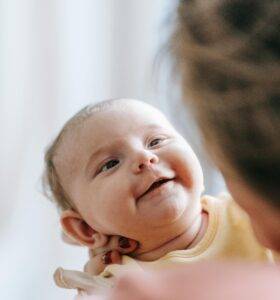
- Engage in Face-to-Face Interaction: Newborns are naturally drawn to human faces, so maintaining eye contact while talking, singing, or making expressive faces helps them learn to focus and recognize you.
- Introduce High-Contrast Colorful Toys: In the early weeks, high-contrast toys (black, white, and red) stimulate your baby’s vision. As they grow, more colorful toys support their developing color vision. Mobiles, rattles, and picture books with bold, bright designs are great options.
- Encourage Tracking and Reaching: Gently move toys or objects to encourage your baby to track movement. As they reach for objects, they develop hand-eye coordination, a crucial visual and motor development.
- Create a Visually Stimulating Environment: Changing your baby’s environment or rotating toys engages their visual experience. Ensure they have plenty of opportunities to see different shapes, patterns, and colors.
- Provide Time in Natural Light: Spending time outdoors in natural light (with appropriate sun protection) helps your baby’s eyes adjust to different lighting conditions. This promotes healthy eye development and reduces sensitivity to bright light.
When to Seek Help for Vision Concerns
While it’s normal for vision to develop at different paces, some signs indicate a problem with your baby’s sight. Early detection and intervention matter in addressing potential vision issues. For any concerns, don’t hesitate to reach your doctor for advice. If you notice any of the following, consult with your pediatrician:
- Your baby’s eyes don’t seem to follow moving objects by 3-4 months of age.
- One or both eyes consistently turn inward or outward.
- Your baby seems unable to make eye contact or recognize faces by four months.
- Your baby’s eyes appear cloudy or white, which could indicate a problem with the lens or retina.
For more information on vision development, including how to support your baby’s vision, check out this article: When Newborn Baby Can See: How Vision Develops in the First Year
Support Your Baby’s Visual Growth
In the first few months of life, your newborn’s vision transforms from a blurry, unfocused view to a more defined and colorful world. While your baby may initially only see objects within close range, their vision rapidly improves as they learn to focus, track, and recognize familiar faces.
As a parent, understanding how newborn babies see helps you foster their visual development by providing an engaging and stimulating environment. From making eye contact and introducing high-contrast toys to encouraging tracking, there are simple ways to support your baby’s visual growth. Each baby develops at their own pace. If you have concerns about your baby’s vision, your pediatrician provides guidance and support.
Omega Pediatrics has a wealth of resources on newborn care and child development. This article might interest you: What Newborn Baby Can Hear: Key Milestones, Tips and Early Signs of Hearing Issues
